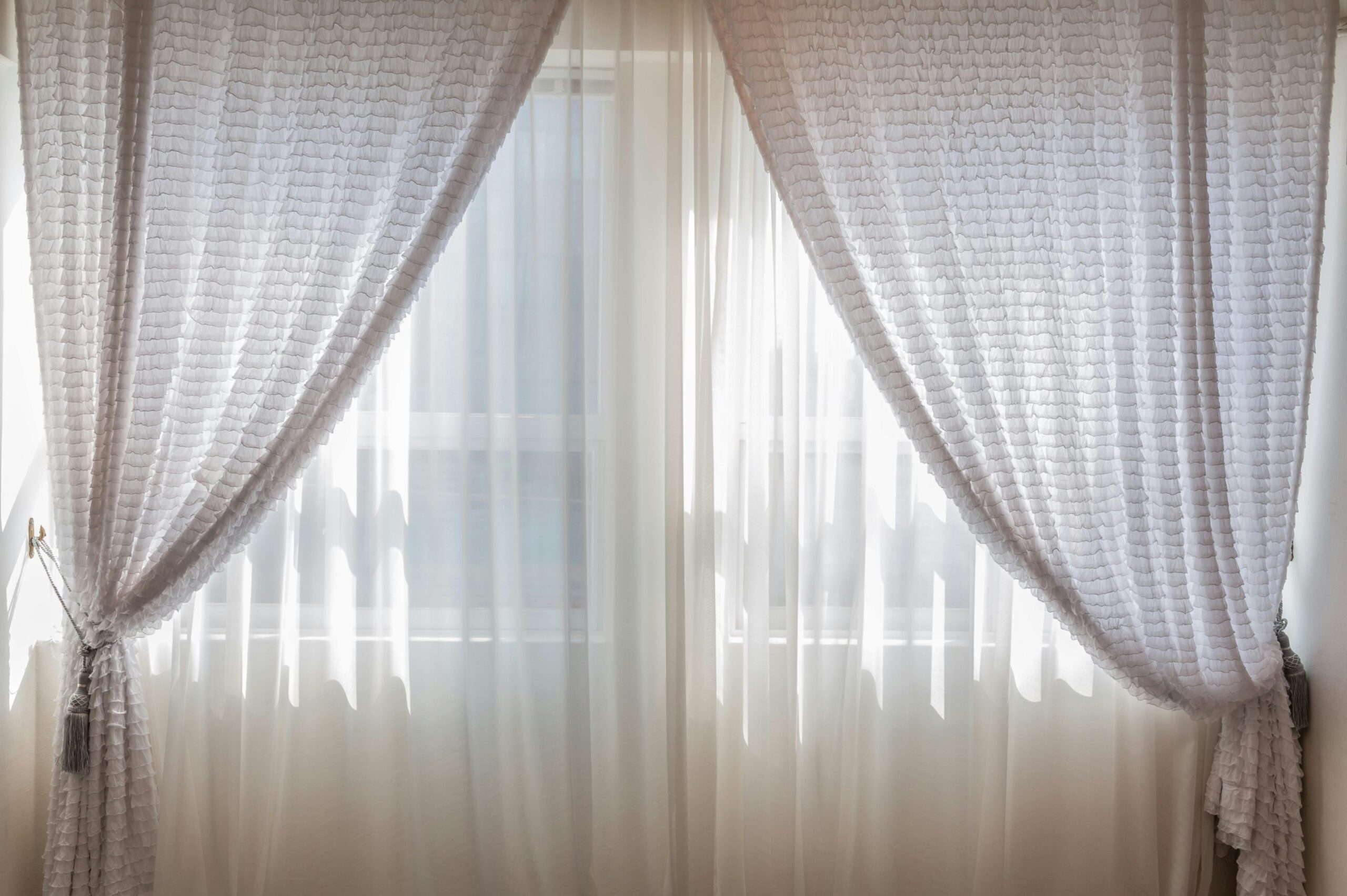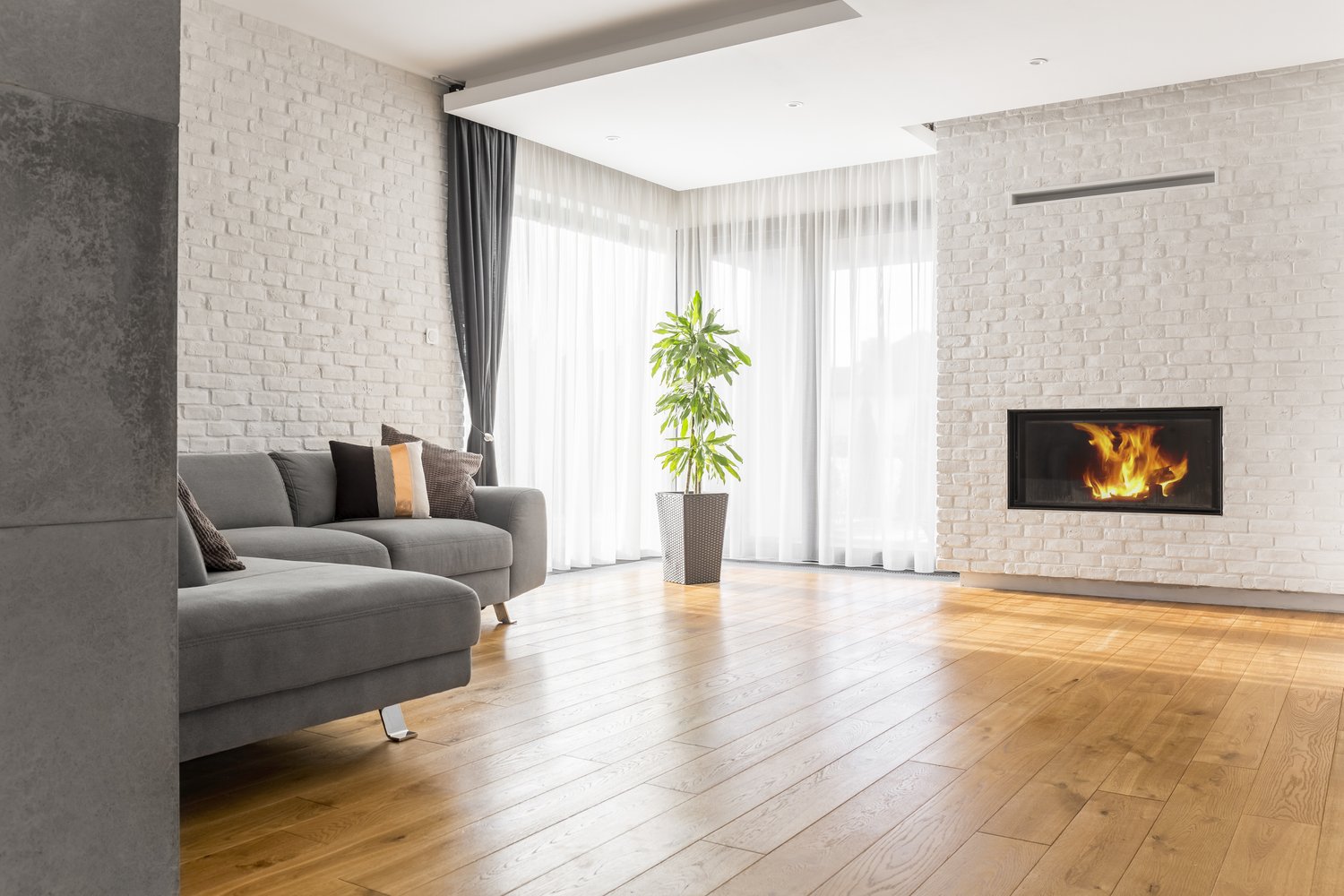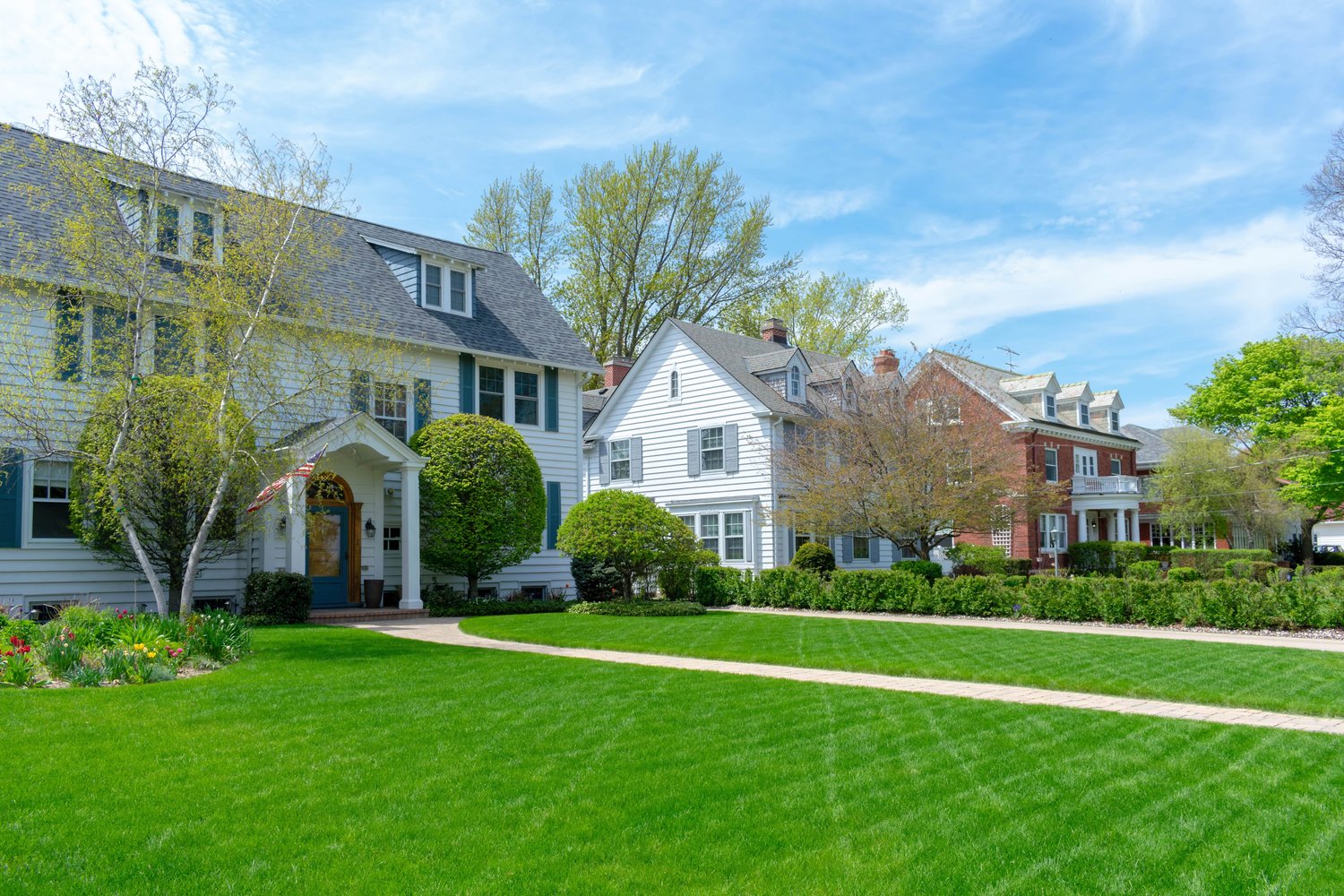Window treatments serve as both functional necessities and key design elements in any home. When exploring options for your windows, understanding the differences between blinds, shades, curtains, and shutters can significantly impact your living space’s comfort, privacy, and aesthetic appeal. This comprehensive choose window treatments guide examines how various coverings compare in terms of light control, privacy protection, insulation capabilities, visual appeal, and overall cost-effectiveness, helping you make informed decisions for every room in your house.
Understanding Your Window Treatment Needs
Before diving into specific window covering types, consider what matters most for your particular situation. Different rooms often require different solutions. For instance, bedrooms typically prioritize the best window coverings privacy features and light blocking capabilities, while living spaces might emphasize style and versatile light control. Kitchens and bathrooms generally benefit from moisture-resistant, easy-clean options. When creating your window treatment plan, consider each room’s unique requirements, including exposure direction, privacy concerns, and how the space is used throughout the day. Many homeowners find that consulting with design professionals through platforms like AskHomey helps clarify priorities and identify optimal solutions for challenging windows.
Blinds: Versatility and Precise Light Control
When evaluating blinds vs shades vs curtains, blinds offer distinctive advantages through their adjustable slats. These slats can be tilted to precisely control light entry without completely sacrificing visibility or privacy. Available in horizontal and vertical configurations, modern window blinds have evolved significantly from the flimsy aluminum mini-blinds of decades past. Today’s options include sophisticated faux wood, real wood, composite, and vinyl materials in various slat widths. Wider slats (often called plantation blinds) create a more substantial, architectural appearance, while narrower slats present a more streamlined look. Blinds excel in situations requiring flexibility throughout the day, allowing you to adjust light levels as the sun moves. They typically cost less than custom shades while providing similar functionality, making them popular choices for whole-home solutions where budget considerations matter.
Shades: Seamless Elegance and Specialized Functions
While the blinds vs shades vs curtains debate continues among designers, shades offer distinctive benefits through their clean, continuous surface. These window coverings come in numerous specialized varieties, each addressing specific needs. Cellular (honeycomb) shades provide superior insulation through air-trapping pockets. Roller shades offer streamlined simplicity and come in various opacity levels from sheer to blackout. Roman shades fold into elegant horizontal pleats when raised, combining blind functionality with soft fabric aesthetics. For challenging situations like skylights or unusually shaped windows, cellular and roller shades often provide the most practical solutions. Many modern shade systems now incorporate motorization options, allowing remote or smartphone control—particularly valuable for hard-to-reach windows. Though typically more expensive than stock blinds, their specialized functions and clean appearance make them worth considering for primary living spaces and bedrooms.
Curtains and Drapes: Softness and Dramatic Style
Curtains introduce fabric softness and dramatic design potential to windows. In the blinds vs shades vs curtains comparison, curtains uniquely contribute texture, pattern, color, and movement. They frame views when open and create privacy when closed, though they typically permit some light filtration unless lined with blackout material. The distinction between curtains and drapes lies primarily in formality and weight—drapes generally being heavier, lined, and more structured. Layering curtains with blinds or shades creates a comprehensive window treatment that addresses both practical and aesthetic concerns. This combination allows maximum flexibility for privacy and light control while introducing softness to the room. Modern approaches to curtains include using simple panels, tab-tops, and ring clips for contemporary spaces rather than elaborate valances and swags that characterized traditional styles. For rooms where ambiance matters significantly, such as dining rooms and formal living areas, curtains continue to offer unmatched design impact.
Shutters: Architectural Character and Permanence
Interior shutters represent the most architectural window treatment option, adding structural character and permanent value to homes. Their hinged panels with adjustable louvers provide similar light control to blinds but with substantive, built-in appeal. Available in traditional and plantation styles (the latter featuring wider louvers), shutters suit various architectural aesthetics from colonial to contemporary. Composite materials now offer the appearance of painted wood with improved moisture resistance, making them suitable for bathrooms and kitchens. While shutters represent the highest initial investment among window treatments, they often contribute to home value and never require replacement like fabric options might. For historically significant homes or those where architectural integrity matters greatly, shutters provide authentic period styling along with modern functionality.
Making Your Final Selection
The ideal approach to window treatments often involves mixing solutions throughout your home based on each room’s specific needs. Consider light exposure, privacy requirements, energy efficiency concerns, and overall design scheme when making selections. Modern window blinds might work perfectly in utility spaces, while layered solutions with shades and curtains might better serve primary living areas. Remember that window treatments represent both substantial investments and daily-use items that significantly impact comfort. Taking time to explore options thoroughly before committing ensures lasting satisfaction with your choices.
For more tips and to connect with reliable home service professionals, follow AskHomey on Facebook and Instagram.



